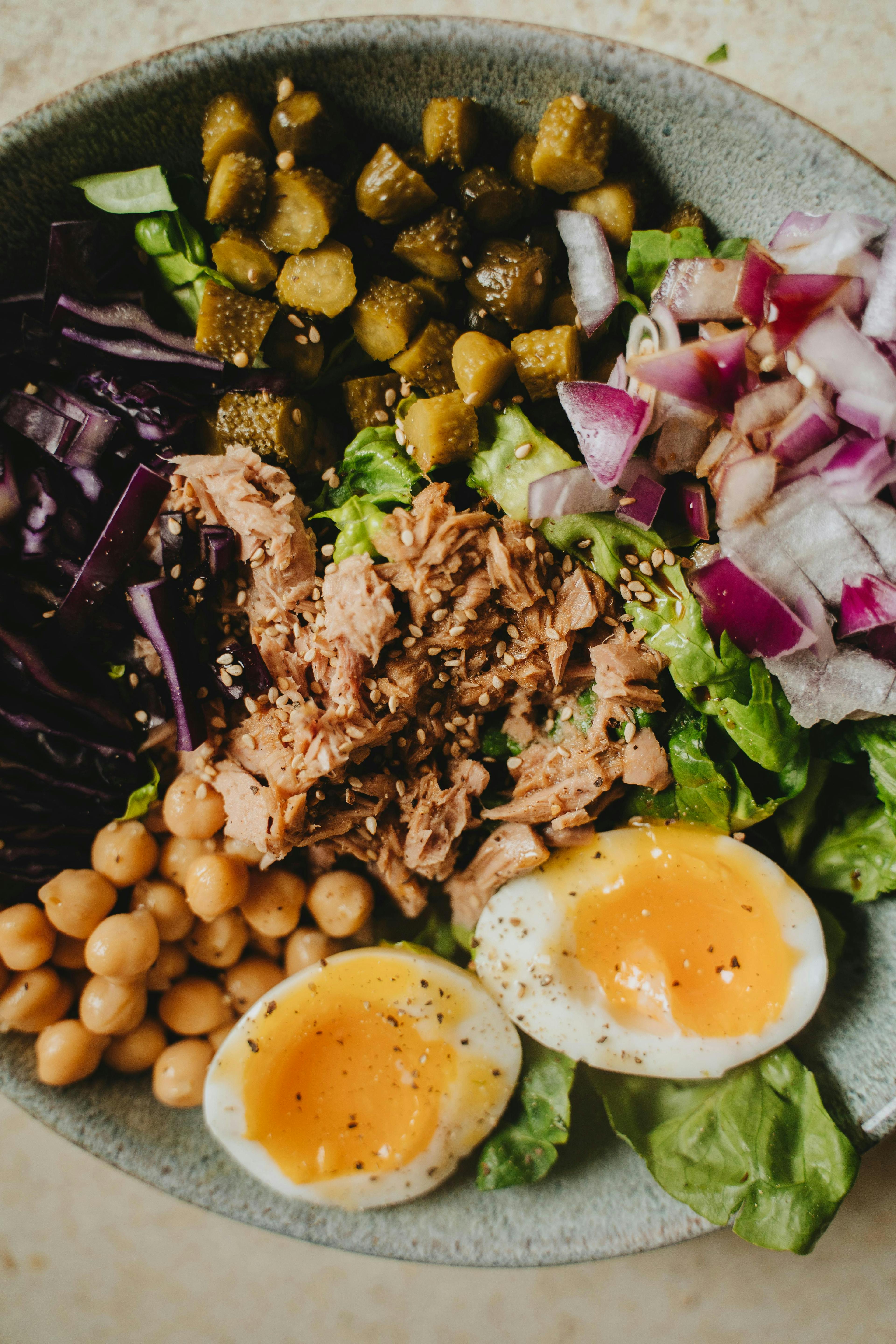Crafting Nutritious Meals: A Guide to a Balanced Plate
Creating a balanced and nutritious meal from scratch doesn't have to be complicated. Whether you're a seasoned chef or a beginner in the kitchen, understanding the basics of meal composition can help you prepare dishes that are not only delicious but also good for your health. In this article, we'll explore the components of a balanced plate, provide practical tips, and offer examples to help you build your own nutritious meals.
Understanding the Components of a Balanced Plate
A balanced meal consists of a variety of foods that provide a range of essential nutrients. Here’s what a balanced plate should include:
- Proteins: Essential for muscle repair and growth. Include lean meats, fish, eggs, or plant-based sources like beans and lentils.
- Carbohydrates: Needed for energy. Opt for whole grains like brown rice, quinoa, or whole wheat pasta.
- Fats: Important for brain health and energy. Include healthy fats such as avocados, nuts, seeds, and olive oil.
- Vegetables and Fruits: Rich in vitamins, minerals, and fiber. Aim for a colorful variety to maximize nutrient intake.
Tips for Building Nutritious Meals
1. Start with a Good Protein Source
Protein is a staple of any balanced meal as it's vital for body functions. Choose lean protein sources like:
- Grilled chicken or turkey
- Fish such as salmon or tuna
- Plant-based options like tofu or chickpeas
2. Incorporate Whole Grains
Instead of refined grains like white rice or white bread, go for whole grains to add fiber and nutrients to your meal:
- Brown rice
- Quinoa
- Whole wheat pasta or bread
3. Add Plenty of Vegetables
Vegetables are low in calories but high in nutrients. Try to fill half of your plate with vegetables, and vary the types to get a range of nutrients:
- Steamed broccoli or spinach
- Roasted carrots or peppers
- Fresh salads with mixed greens
4. Include a Source of Healthy Fats
Fats are essential, but choosing the right type matters:
- Cook with olive oil or coconut oil
- Add slices of avocado to your dish
- Sprinkle nuts or seeds over salads
5. Keep It Colorful
A visually appealing meal is more appetizing and likely to be nutrient-dense. Include a variety of colors using fruits and vegetables:
- Red tomatoes, bell peppers
- Green spinach, kale
- Orange carrots, sweet potatoes
Examples of Balanced Meals
Here are a few examples to get you started:
Breakfast
- Oatmeal: Cooked with almond milk, topped with sliced bananas, a sprinkle of chia seeds, and a drizzle of honey.
Lunch
- Quinoa Salad: Mixed with black beans, diced peppers, red onions, and a cilantro lime dressing.
Dinner
- Grilled Salmon: Served with a side of steamed asparagus and a quinoa pilaf.
Conclusion
Building a nutritious meal from scratch is all about balance and variety. By incorporating a mix of proteins, carbohydrates, fats, and plenty of fruits and vegetables, you can create meals that are not only healthy but also delicious and satisfying. Remember, the key to a balanced diet is variety, so try to mix up your ingredients and flavors to keep your meals interesting and nutritious.
For more personalized advice on nutrition or meal planning, chat with Mavyn GPT or connect with one of our human experts today. We're here to help you achieve your health and wellness goals!
